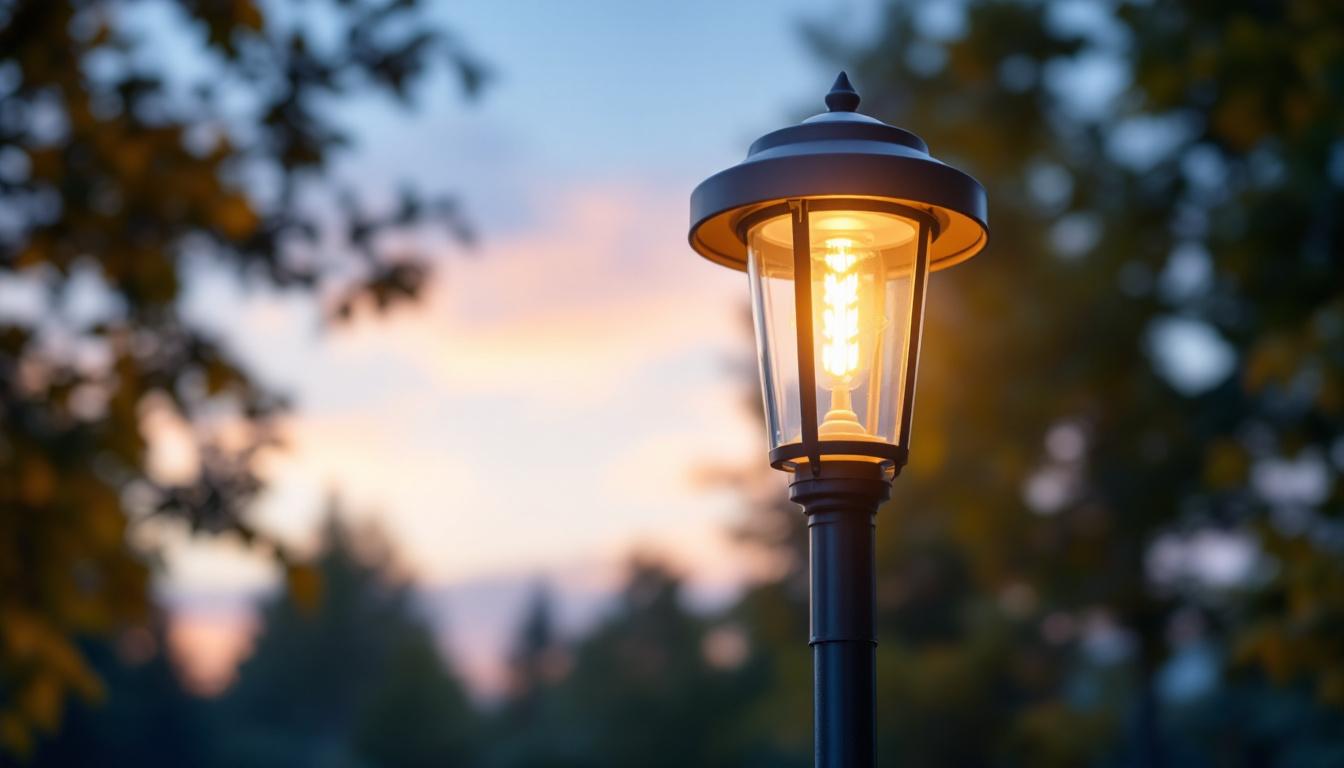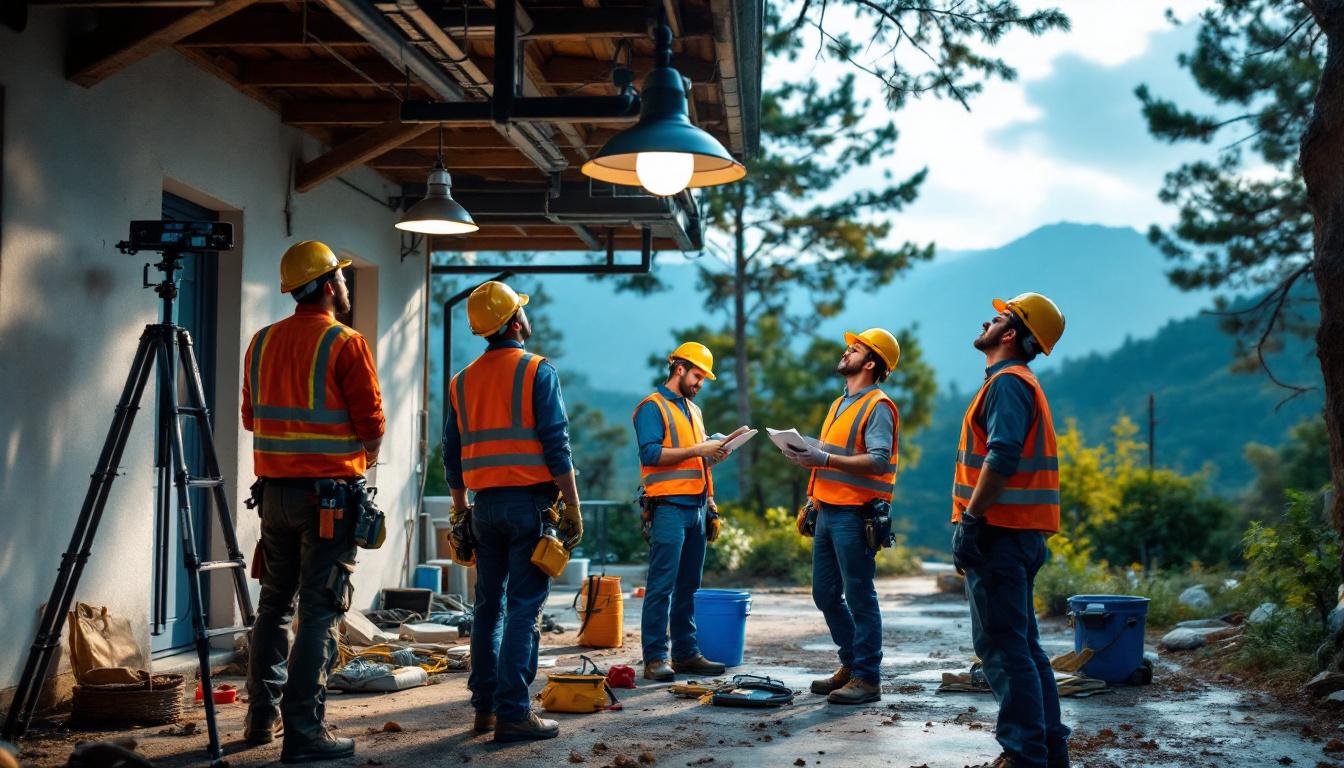
In the realm of outdoor lighting, light post fixtures play a crucial role in enhancing safety, aesthetics, and functionality. For lighting contractors, understanding the best practices for installation, maintenance, and selection of these fixtures can significantly impact the quality of their work and client satisfaction. This article delves into the essential aspects of light post light fixtures, providing insights and guidelines tailored specifically for lighting professionals.
Light post fixtures are designed to illuminate outdoor spaces, ranging from residential gardens to commercial parking lots. These fixtures come in various styles, sizes, and technologies, each serving unique purposes. The choice of fixture can influence not only the ambiance of a space but also its safety and security. Proper lighting can deter crime, enhance visibility for pedestrians and drivers, and create inviting environments for social gatherings or outdoor activities.
When selecting light post fixtures, contractors should be aware of the different types available. Common options include:
Choosing the right light post fixture involves several considerations:
Another important consideration is the installation process. Depending on the type of fixture and its intended use, installation may require professional assistance, especially for fixtures that need to be wired into existing electrical systems. Furthermore, the height and placement of light post fixtures can significantly impact their effectiveness. Properly positioned lights can minimize shadows and dark spots, enhancing safety and visibility in the area.
Maintenance is also a key factor to consider. While LED and solar-powered fixtures typically require less upkeep than traditional lighting options, regular checks for dirt, debris, and any potential damage are essential to ensure optimal performance. Additionally, some fixtures may require periodic bulb replacements or cleaning to maintain their brightness and aesthetic appeal. Understanding these maintenance needs can help in selecting the most suitable fixtures for long-term use.
The installation of light post fixtures is a critical phase that can determine the longevity and effectiveness of the lighting system. Proper installation not only enhances performance but also reduces the likelihood of future issues.
Before installation, a thorough site assessment is essential. This involves evaluating the area for:
Correct mounting techniques are vital to ensure stability and safety. Consider the following:
Regular maintenance is crucial for the longevity and efficiency of light post fixtures. Neglecting maintenance can lead to decreased performance, higher energy costs, and potential safety hazards.
Conducting routine inspections can help identify issues before they become significant problems. Key areas to focus on include:
Different seasons can pose unique challenges for outdoor lighting. Here are some seasonal maintenance tips:
With growing concerns about energy consumption and environmental impact, lighting contractors must prioritize energy-efficient solutions. Implementing sustainable practices not only benefits the environment but can also enhance the reputation of a contractor.
LED fixtures have revolutionized outdoor lighting due to their energy efficiency and longevity. Key advantages include:
Integrating smart technology into outdoor lighting systems can further enhance energy efficiency. Considerations include:
The design of light post fixtures should not only focus on functionality but also on aesthetics. A well-designed lighting scheme can significantly enhance the visual appeal of a space.
When selecting light post fixtures, consider the architectural style and overall theme of the environment. Options include:
The color temperature of light can influence the mood and usability of outdoor spaces. Key points to consider include:
As a lighting contractor, effective communication with clients is essential. Educating clients about the features and benefits of light post fixtures can lead to more informed decisions and greater satisfaction.
Take the time to explain the various options available, including:
Offering post-installation support can enhance client relationships and build trust. Consider the following:
Light post fixtures are a vital component of outdoor lighting, and understanding the best practices surrounding their selection, installation, and maintenance is crucial for lighting contractors. By prioritizing energy efficiency, aesthetics, and client education, contractors can enhance their service offerings and ensure that their clients enjoy safe, beautiful, and functional outdoor spaces.
As the industry continues to evolve, staying informed about the latest technologies and trends will empower lighting contractors to deliver exceptional results. Embracing these best practices will not only benefit clients but also contribute to the contractor’s reputation and success in the competitive lighting market.
Ready to elevate your lighting projects with the best in class fixtures and unbeatable value? At LumenWholesale, we provide lighting contractors like you with spec-grade lighting products that meet the highest industry standards. Say goodbye to inflated markups and hello to superior lighting solutions at wholesale prices. Plus, with free shipping on bulk orders, you can stock up on premium lighting without the worry of hidden fees. Don’t compromise on quality or cost. Visit LumenWholesale now and discover the perfect blend of quality, affordability, and convenience for all your lighting needs.

Discover effective strategies for training your team in outdoor lighting with our comprehensive guide.

Discover how large flush mount lights are revolutionizing lighting design and installation.

Discover how weather tight electrical boxes are revolutionizing the lighting industry by ensuring safety and durability.

Discover how wall power outlets are revolutionizing the lighting industry and becoming indispensable tools for contractors.